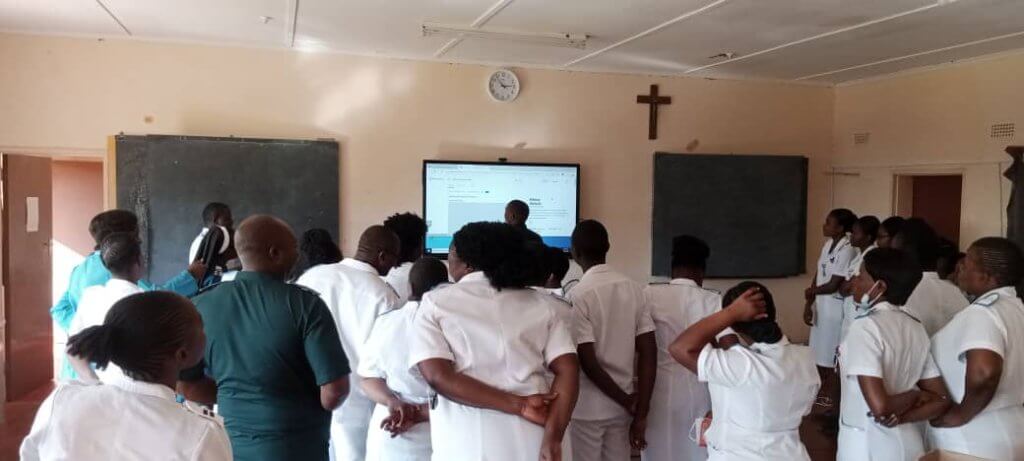
Imagine walking into a classroom where the chalkboard has come alive with vibrant images, videos, and interactive lessons. This is the reality in many Zimbabwean schools today, thanks to the introduction of Interactive smartboards. These tools are not just changing the way teachers teach but also how students learn.
The Magic of Interactive Learning
Interactive smartboards are like windows to a world of knowledge. They make learning a hands-on experience. Students can touch, draw, and write on these boards, making their learning experience much more tangible and memorable.
Why Interactive Smartboards?
- Visual Impact: Complex concepts in subjects like mathematics and science can be difficult to grasp through textbooks alone. Interactive smartboards bring these subjects to life with diagrams and animations that help students visualize and understand the material better.
- Collaborative Learning: These smartboards encourage group work. Students can come up to the board and work on problems together, fostering a sense of teamwork and collaboration.
- Enhanced Participation: With interactive smartboards, every student has the opportunity to be involved in the lesson. This active participation helps to build confidence and communication skills.
Teachers: The Pioneers of Change Teachers are at the forefront of this technological revolution in education. They are learning to integrate interactive smartboards into their daily teaching methods, creating a more dynamic and inclusive classroom environment.
Training for the Future To effectively use interactive smartboards, teachers undergo specialized training. This professional development is crucial as it equips them with the skills needed to maximize the potential of this technology.
The Benefits of Interactive Smartboards
- Improved Engagement: Students are more engaged and interested in lessons that use interactive smartboards. This leads to better attendance and lower dropout rates.
- Higher Retention: Studies show that students retain information better when it’s presented in an interactive format.
- Preparation for the Digital Age: By using interactive smartboards, students gain valuable experience with technology that will be beneficial in their future careers.
Challenges and Solutions
While the introduction of interactive smartboards has been largely positive, there are challenges such as the need for consistent electricity supply and ongoing teacher training. Solutions include solar power systems for schools and continuous professional development programs for teachers.
Conclusion
Interactive smartboards are more than just an educational trend; they are a powerful tool that can transform the traditional classroom into an interactive learning environment. As Zimbabwe continues to embrace this technology, the future of education looks bright, with the promise of producing students who are not only knowledgeable but also skilled in the use of modern technology.
Are you a teacher, student, or policymaker interested in the future of education in Zimbabwe? Join the conversation and share your experiences or ideas on how we can further enhance learning with interactive smartboards.
